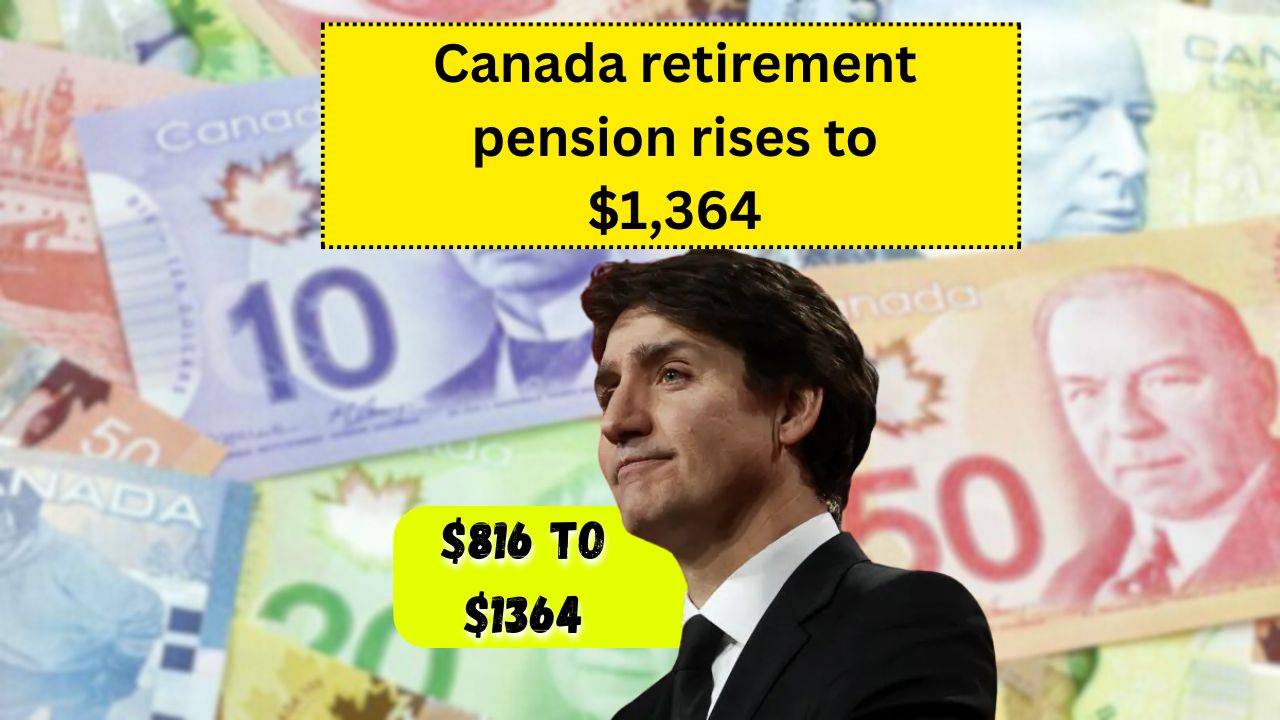Canada’s retirement system is getting a boost in 2025, with the Canada Pension Plan (CPP) maximum monthly payment rising to $1,364. This increase, tied to the cost of living and enhanced contributions, is exciting news for retirees. But not everyone will get the full amount, as it depends on your work history and contributions. Here’s a simple guide to the CPP increase, who qualifies, and how to make the most of it.
What’s the CPP and Why It’s Rising
The CPP is a key part of retirement planning for Canadians who worked and paid into the plan. It’s funded by contributions from employees, employers, and self-employed workers, and it pays out monthly to help cover living costs. In 2025, the maximum CPP retirement pension is $1,364 per month, up from previous years due to a 2.5% cost-of-living adjustment (COLA) and the CPP enhancement started in 2019. This enhancement raises benefits for those who’ve worked since 2019, replacing one-third of your average earnings (up from one-quarter) and covering higher earnings up to $81,200 in 2025.
Who Can Get the CPP Increase
To get the CPP, you must be at least 60 and have worked in Canada, making at least one valid contribution to the plan. The amount you receive depends on how much and how long you contributed, with the maximum $1,364 going to those with 39 years of maximum contributions at age 65. Starting your pension early (at 60) reduces it by 0.6% per month, while delaying past 65 (up to 70) increases it by 0.7% per month. If you’re still working while receiving CPP, you can earn extra post-retirement benefits (PRB) each year until age 70, boosting your pension further.
Here’s a quick look at 2025 CPP payment details:
| Age | Maximum Monthly CPP (2025) | Notes |
|---|---|---|
| 60 | $981.12 | 36% reduction for starting early |
| 65 | $1,364 | Standard maximum amount |
| 70 | $1,934.48 | 42% increase for delaying |
How the Enhancement Affects You
Since 2019, the CPP has been improving to give future retirees bigger pensions. If you worked in 2019 or later, you’re paying slightly more into the plan—5.95% on earnings up to $71,300 and 4% on earnings between $71,301 and $81,200. Self-employed workers pay double (11.9% and 8%). This extra contribution means higher benefits down the road, with the maximum pension potentially increasing by 50% for those contributing for 40 years. If you’re retired now but worked after 2019, your pension already includes some of this boost.
Special Benefits to Know
The CPP offers more than just retirement pensions. If you had low or no earnings while raising kids under seven, the child-rearing provision can increase your pension by excluding those years from calculations. If you split from a spouse, you can share CPP contributions equally to boost your pension. Also, if you worked after 65 without starting your pension, those earnings can replace low-income years, increasing your benefit. These extras are applied automatically if you’ve given the required info when applying.
How to Plan for Your Pension
To see what you’ll get, check your Statement of Contributions on your My Service Canada Account or use the Canadian Retirement Income Calculator. Apply for CPP up to 12 months before you want it to start through Service Canada’s website or by mail. If you’re nearing retirement, talk to a financial planner to decide the best age to start your pension. For questions, call Service Canada at 1-800-277-9914. With the 2025 increase to $1,364, now’s a great time to review your contributions and plan for a secure retirement.




